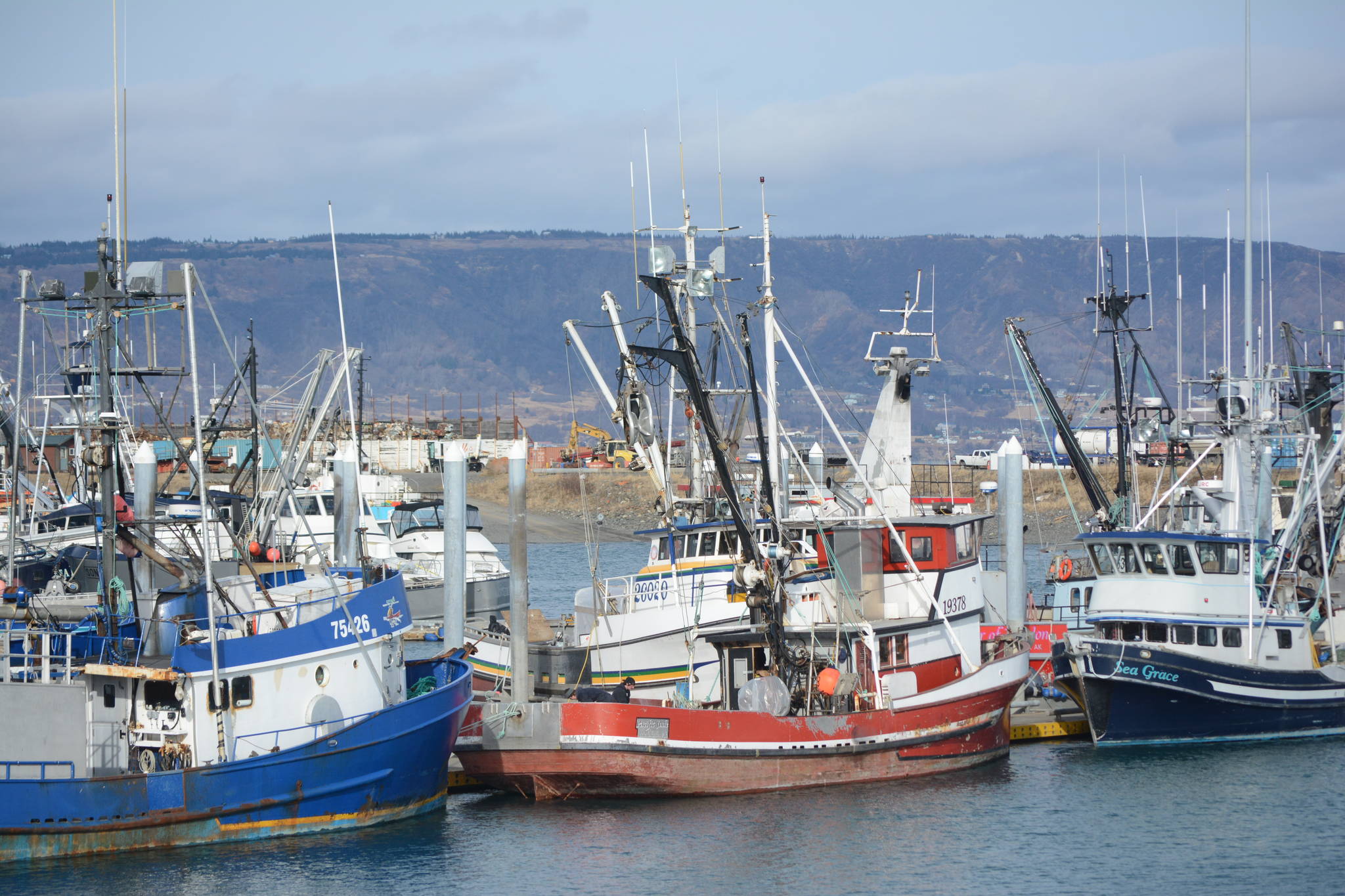Togiak sac roe herring may be wrapping up as the fish are getting smaller and some buyers may start balking.
The quota is 29,930 tons, up 30 percent from 2018, with an 80-20 split between seiners and gillnetters. Last year it was managed on a 70-30 split.
There are 19 seiners and three gillnetters on scene, but as of Tuesday the gillnetters had not fished mostly due to weather.
The fishery was opened on the earliest date ever, April 16, after the documenting of strange conditions in the warming Bering Sea, including having to reroute parts of the Iditarod around areas of open water on Norton Sound in March.
Seth Danielson, a physical oceanographer at the University of Alaska Fairbanks, told the Seattle Times that the loss of Bering Sea ice was expected, just not this soon.
“The projections were saying we would’ve hit situations similar to what we saw last year, but not for another 40 or 50 years,” Danielson said.
Last year the fishery opened April 22.
Alaska Department of Fish and Game area management biologist Tim Sands in Dillingham said that the fishery harvested 16,800 tons last year and was approaching that by Tuesday.
“The big question is what do the companies really want?” he said. “What we’re running into is that the fish are getting smaller, and the companies might decide the fish are too small for them to take.”
He said the fish are around 300 grams, and the roe count average so far has been 11.8 percent.
Sands commented that it was strange they would decide not to buy fish that small when in Sitka Sound they want fish over 100 grams.
“When it came down around 300 grams, or below, the fish are too small, but in Sitka they’d be more than happy to fish them. I don’t understand the mechanics of all that.”
Sitka Sound never fished this year because the fish either had too low of a roe count or were too small for processors.
Sands said that Togiak herring have been known to live for 21 years, but because they tend to fish on the larger year classes, they rarely live past 12 years.
“Fifty percent of our fish are expected to be below 300 grams, so it’s not a surprise to us that we’re getting these smaller fish.”
Cristy Fry can be reached at realist468@gmail.com



